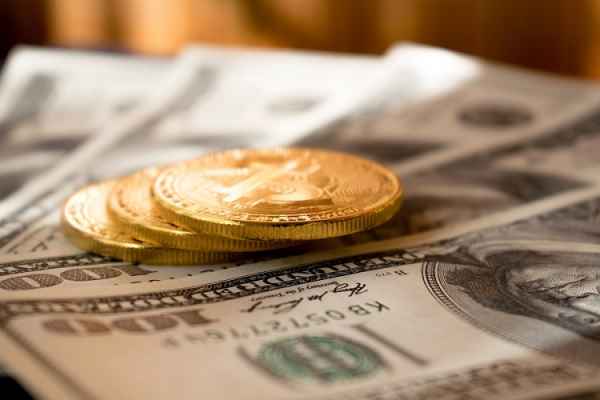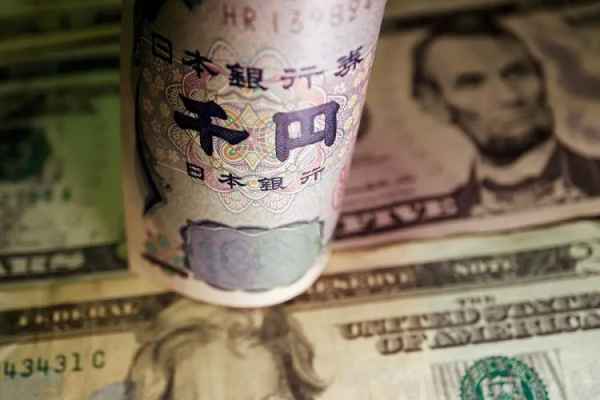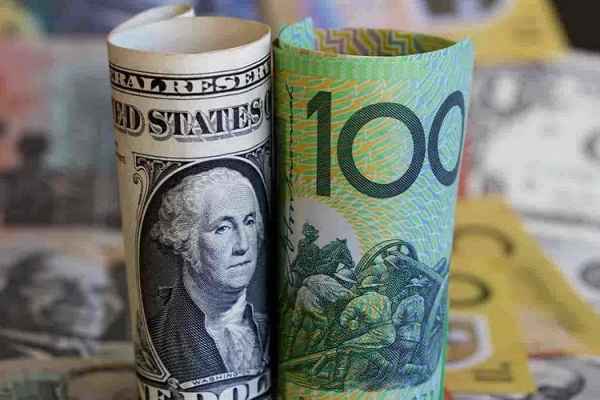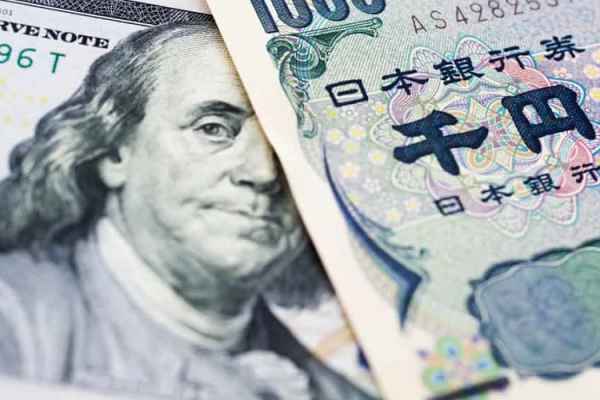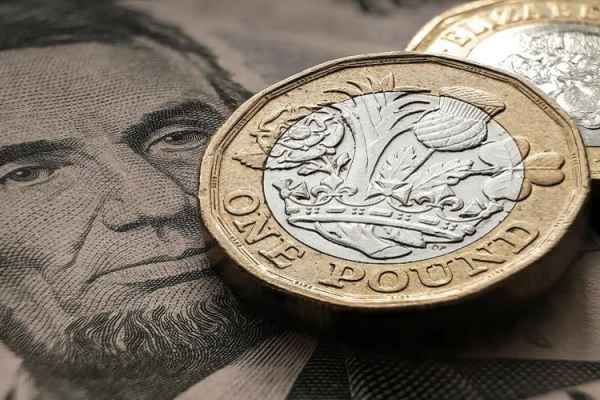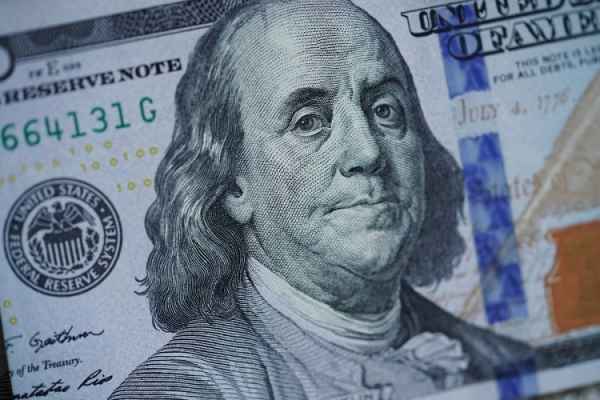Wall Street cheered the FOMC announcement and Fed Chair Jerome Powell's press conference this morning. But the US dollar exchange rate fell.
The Federal Open Market Committee (FOMC) announcement and Fed Chair Jerome Powell's press conference early this morning took the global financial world by storm. Equity markets cheered the announcement, while the greenback was battered. The US Dollar Index (DXY) plummeted from above the 104.00 threshold to 103.37 by the end of the New York session, then printed a considerable gap down in the opening Asian session this Thursday (21/March).
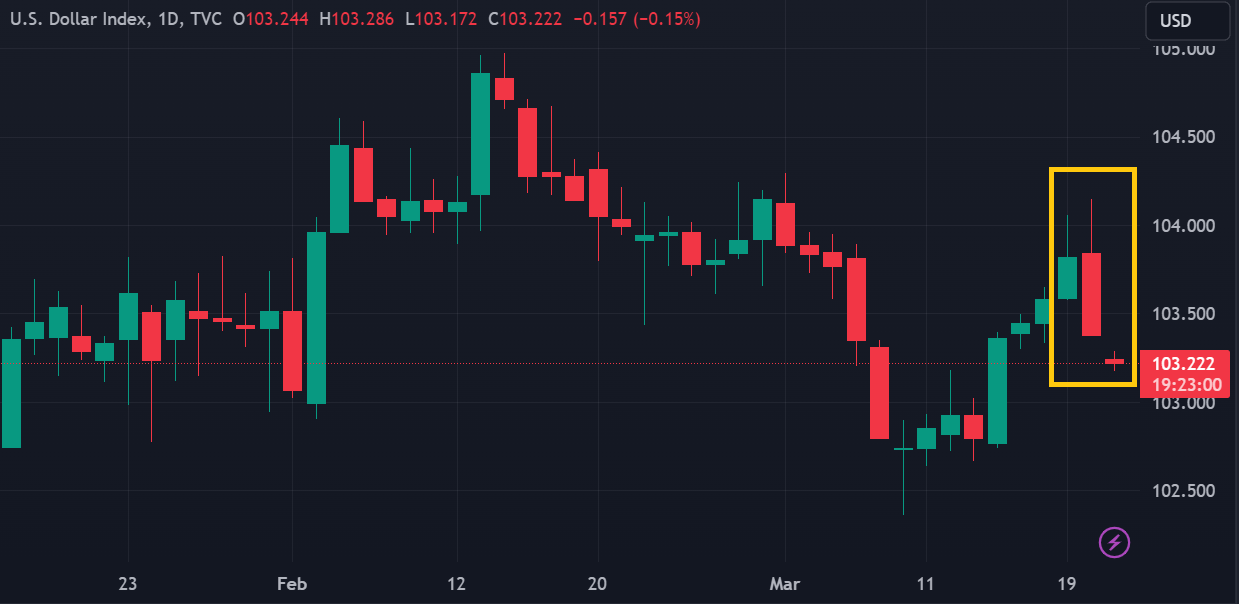
The Fed's FOMC meeting results were actually in line with consensus expectations. The Federal Reserve did not change its current interest rate level, emphasizing the possibility of lowering interest rates three times this year. However, other details were quite surprising.
The Fed raised its projections for US economic growth and lowered its projections for the unemployment rate. They expect the US to grow 2.1% this year, much higher than the 1.4% growth projection in the December meeting results. Meanwhile, the projected US unemployment rate will only reach 4% by the end of 2024, or almost unchanged compared to the US unemployment rate data in February.
The figures encouraged US capital market participants, sending local stock indices soaring. Risk appetite further improved following Fed Chair Jerome Powell's press conference.
Powell said that despite recent higher-than-expected inflation data, the numbers "haven't really changed the overall state of affairs, which is inflation declining gradually, in a somewhat bumpy path". Markets took the statement as Powell's assurance that the Fed would change its monetary policy.
"He said he wasn't trying to dismiss any data but he kind of gave the market a reason they could use to dismiss the data," said Alex Coffey, senior trading strategist at TD Ameritrade.
"We came in to this day feeling Jerome Powell might push back on market expectations or pivot away from dovish expectations since December because of the data we've had in the last two months," Coffey said. "While he didn't necessarily go full dove, it was dovish versus recent market worries."
As a safe haven currency, the US dollar tends to be pressured amid improving market risk appetite. In line with that, the greenback struggled against various other higher-risk currencies.
GBP/USD recovered to the 1.2795 range. AUD/USD flew from the 0.6540s to 0.6620s range. NZD/USD moved from its lowest level since last November at 0.6030s to 0.6100.
The greenback also corrected against other majors that are offering lower interest rates. EUR/USD shot up from around 1.0850s to 1.0910s at the time of writing. USD/JPY fell around 0.5% to 150.30s.

 Dedicated FREE FOREX VPS
Dedicated FREE FOREX VPS Free FOREX Virtual Private Server
Free FOREX Virtual Private Server MT4 Demo Contest, Get $500
MT4 Demo Contest, Get $500 Sign Up for an Account, Claim 60% Deposit Bonus
Sign Up for an Account, Claim 60% Deposit Bonus Free MT4/MT5 VPS 2024
Free MT4/MT5 VPS 2024 Send E-mail and Get Free Merchandise
Send E-mail and Get Free Merchandise $1K Refer a Friend Bonus for Pepperstone Pro clients
$1K Refer a Friend Bonus for Pepperstone Pro clients Maximize Your Earnings with 100% Deposit bonus
Maximize Your Earnings with 100% Deposit bonus Trade to Win, $5,000 Monthly Demo Contest
Trade to Win, $5,000 Monthly Demo Contest Claim 30% + 15% Deposit Bonus from LiteFinance
Claim 30% + 15% Deposit Bonus from LiteFinance
